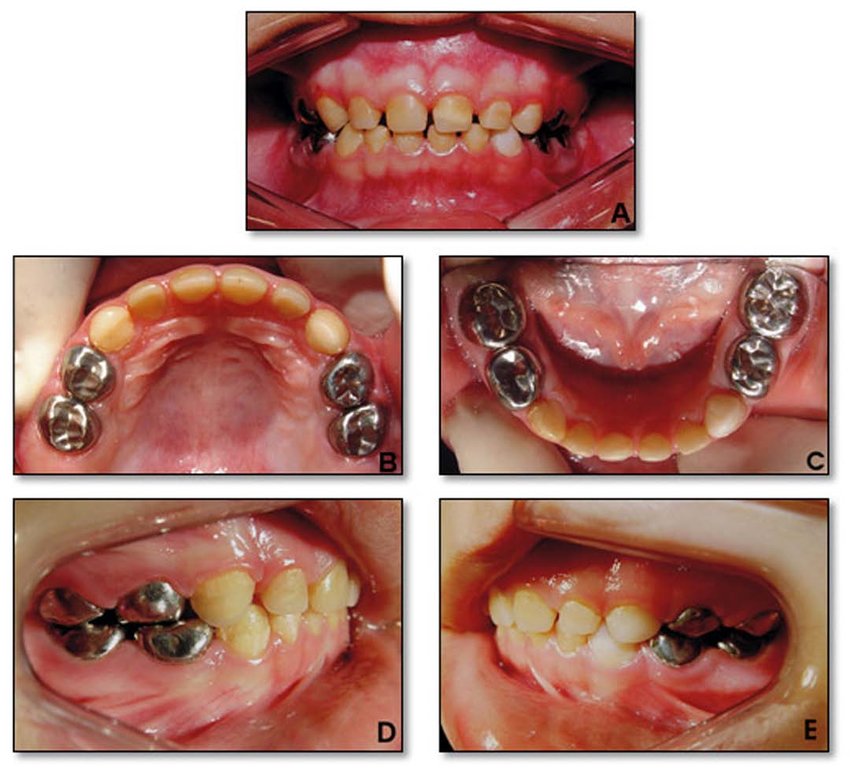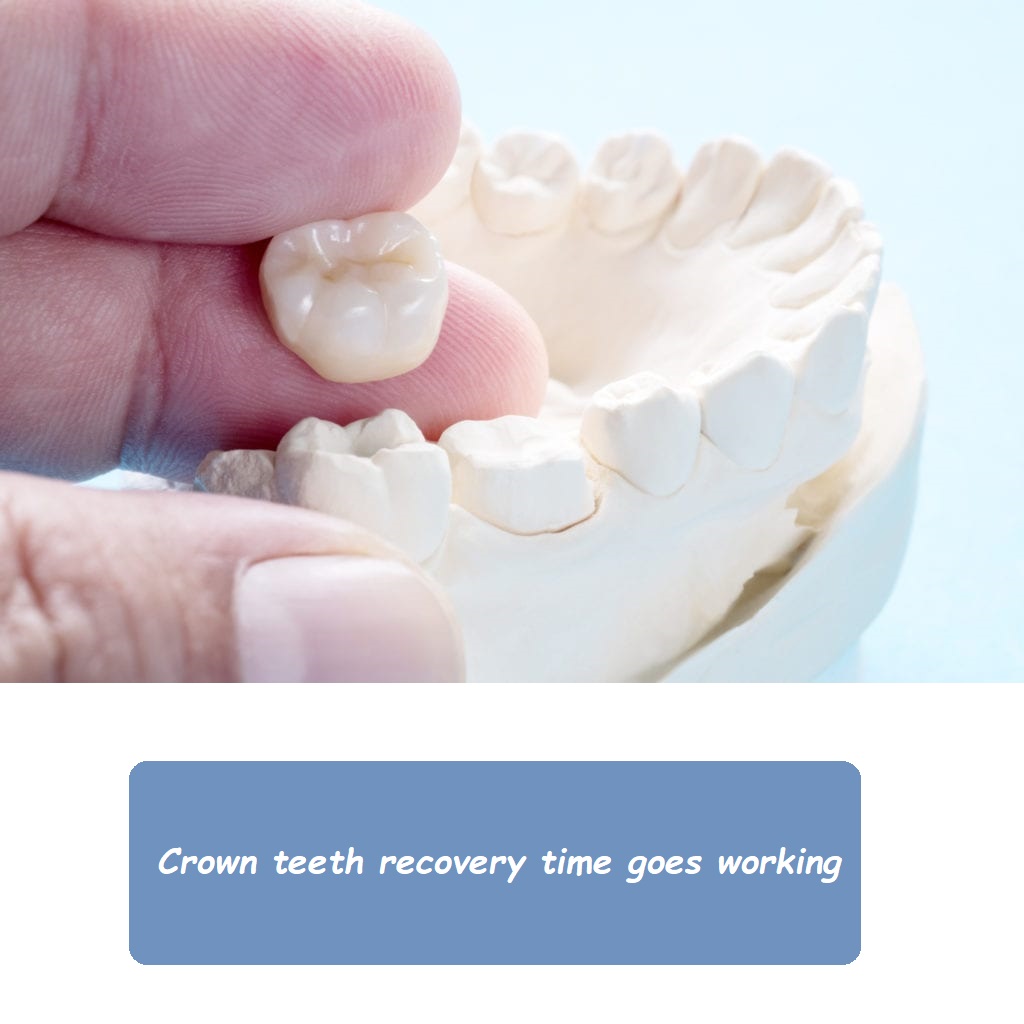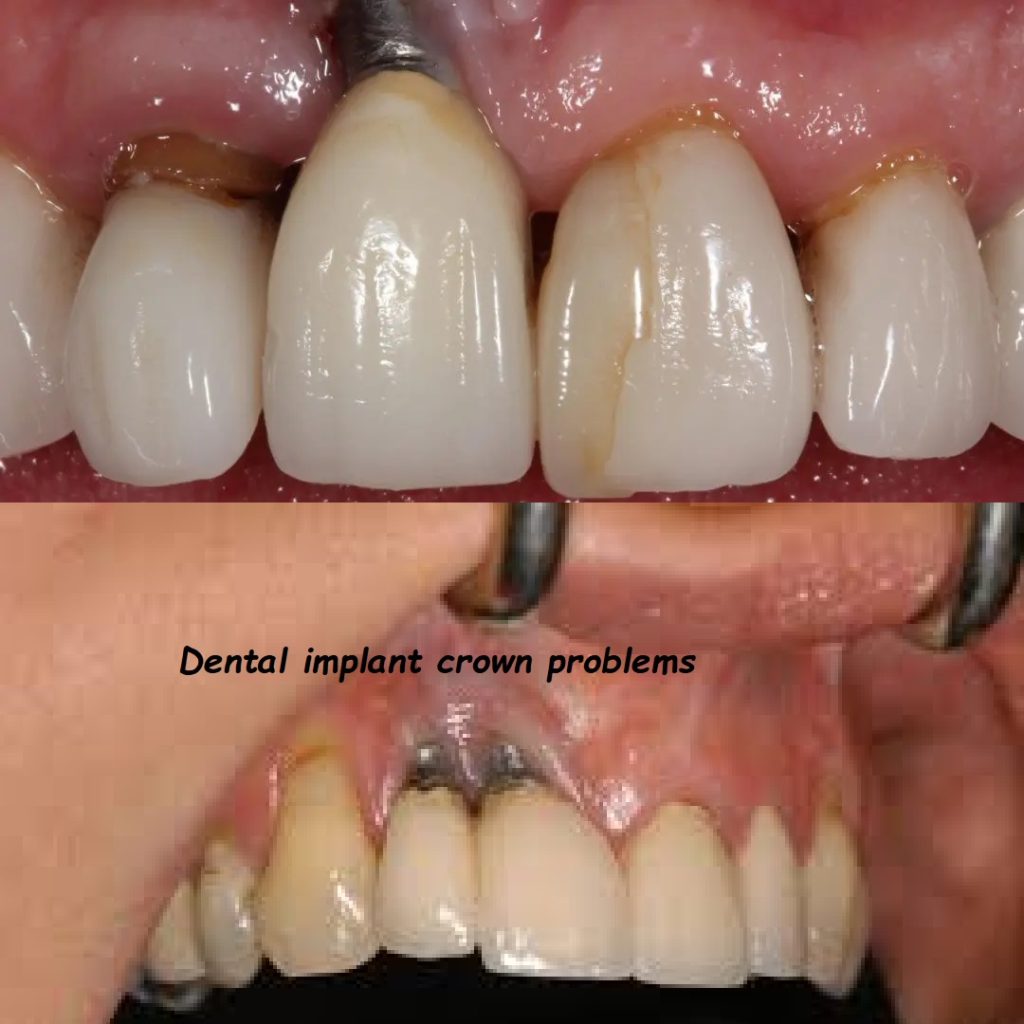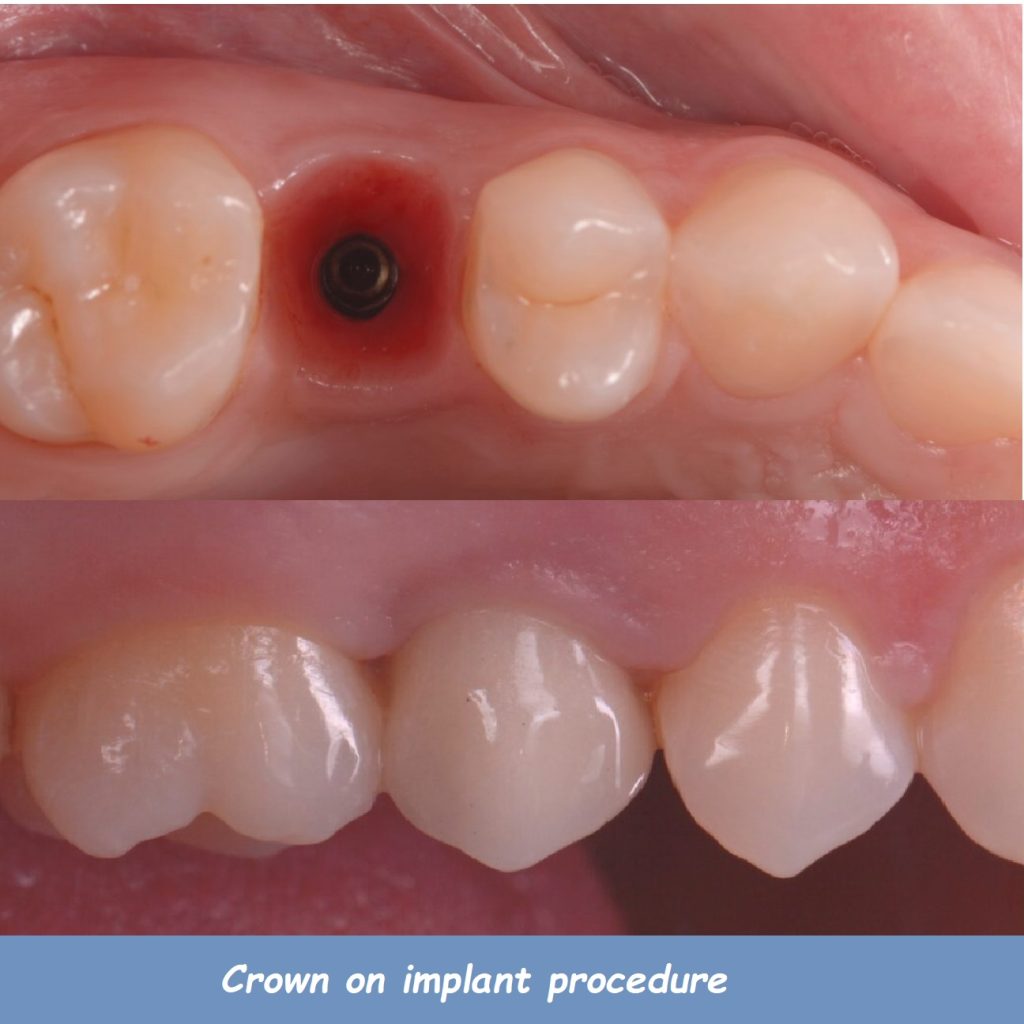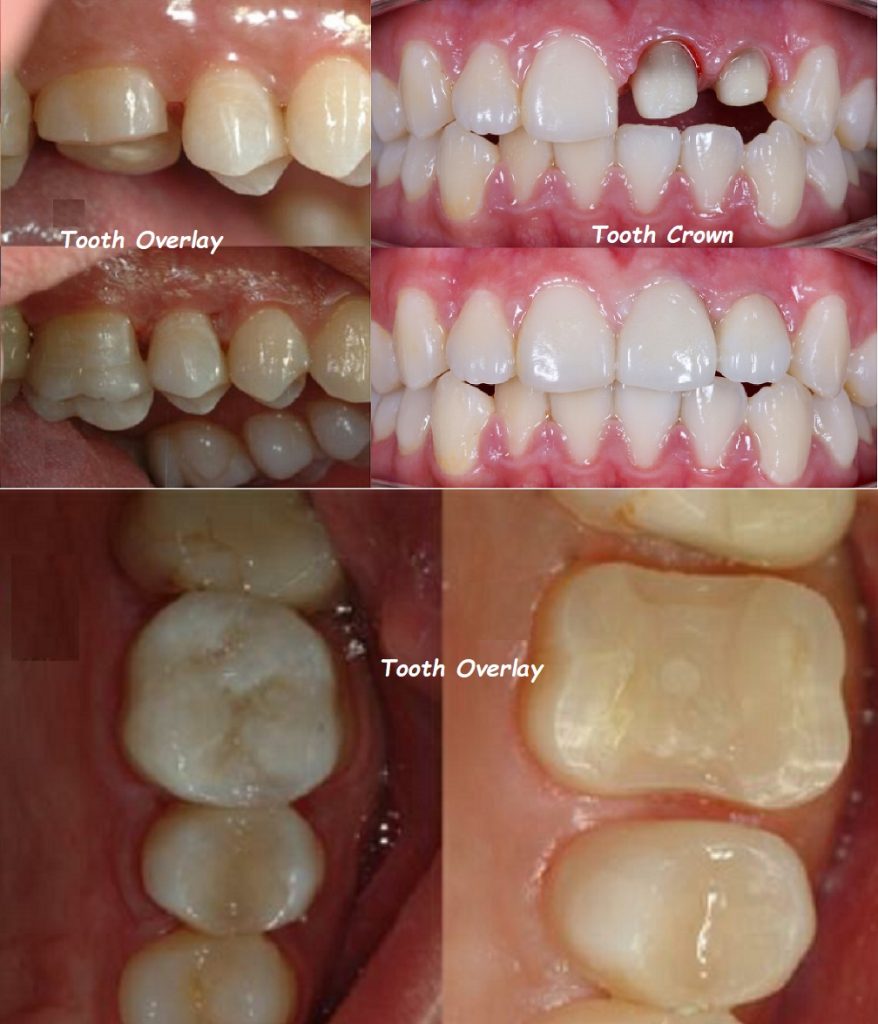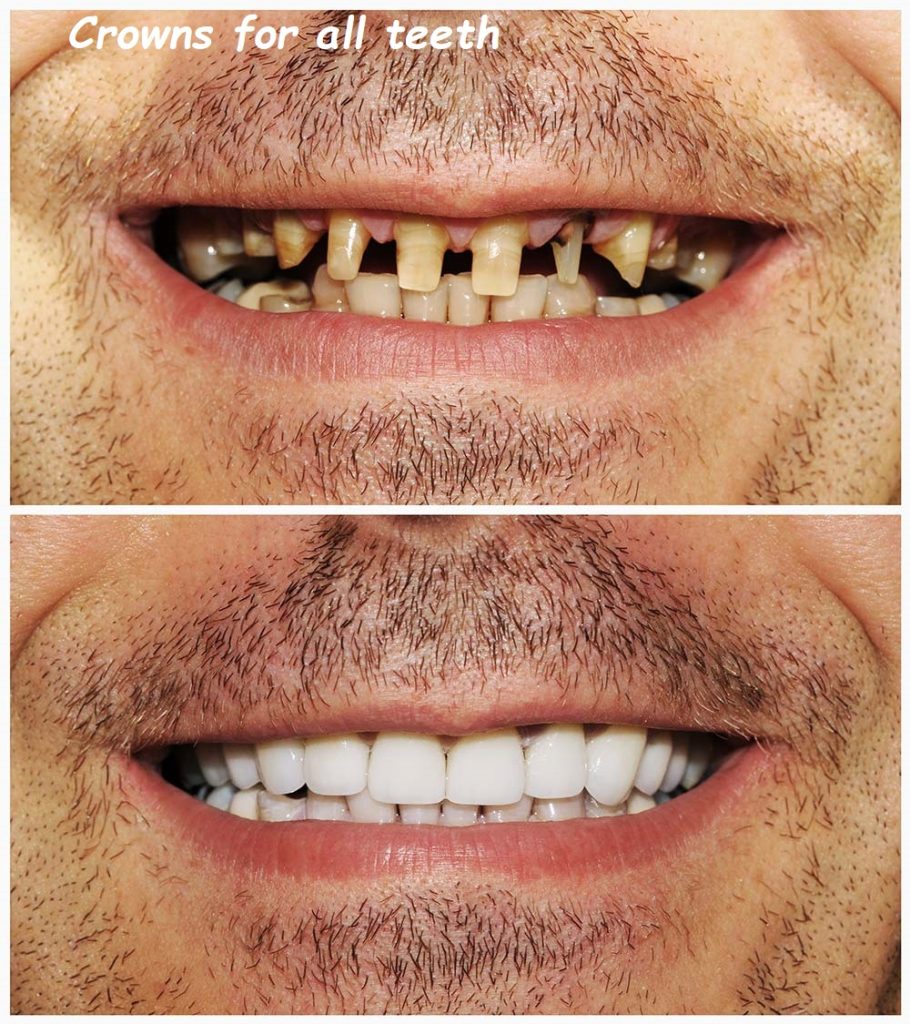crowns for crooked front teeth

Crowns for Crooked Front Teeth: A Comprehensive Guide to Achieving a Straighter Smile
A beautiful, straight smile can have a profound impact on your confidence and overall appearance. However, if your front teeth are crooked or misaligned, it can be a source of self-consciousness. While traditional orthodontic treatments like braces or Invisalign are effective for correcting misalignment, they may not be suitable for everyone. For those seeking a quicker solution or who have additional dental issues, dental crowns for crooked front teeth might be the ideal option.
In this guide, we’ll explore how crowns can be used to address crooked front teeth, the benefits and considerations of this treatment, and what you can expect from the process of getting crowns for a straighter, more aesthetically pleasing smile.
Understanding Dental Crowns
Before diving into how crowns can correct crooked front teeth, it’s important to understand what dental crowns are and how they work.
What Are Dental Crowns?
A dental crown is a tooth-shaped cap that is placed over a tooth to restore its shape, size, strength, and appearance. Crowns are commonly used to:
- Protect a weak tooth from breaking or to hold together parts of a cracked tooth.
- Restore an already broken or severely worn-down tooth.
- Cover and support a tooth with a large filling when there isn’t much tooth left.
- Hold a dental bridge in place.
- Cover misshapen or severely discolored teeth.
- Cover a dental implant.
Crowns can be made from a variety of materials, including porcelain, ceramic, metal, or a combination of materials. Porcelain and ceramic crowns are popular for front teeth because they closely mimic the natural appearance of tooth enamel.
How Do Crowns Work?
A crown encases the entire visible portion of a tooth, essentially becoming the tooth’s new outer surface. When a crown is placed over a crooked tooth, it can be shaped to create the appearance of a straighter, more aligned tooth, even if the underlying tooth is still misaligned.
Why Consider Crowns for Crooked Front Teeth?
There are several reasons why someone might choose crowns to correct crooked front teeth. Here are some of the most common scenarios:
1. Quick Aesthetic Improvement
One of the main reasons people opt for crowns over orthodontic treatments is the speed at which they can achieve a straighter smile. While braces or aligners can take months or even years to fully correct misalignment, crowns can provide immediate results. This is particularly appealing for those who want to improve their smile quickly, such as before a major event or if they have concerns about the appearance of braces.
2. Multiple Dental Issues
If your crooked front teeth are also damaged, discolored, or weakened, crowns can address these issues simultaneously. Instead of undergoing multiple treatments, such as orthodontics, whitening, and bonding, crowns can offer a comprehensive solution that enhances both the function and appearance of your teeth.
3. Not a Candidate for Orthodontics
Some individuals may not be good candidates for orthodontic treatment due to underlying dental or health issues, or they may simply prefer not to go through the lengthy process of braces or aligners. Crowns provide an alternative that doesn’t require the same level of commitment or potential discomfort associated with orthodontics.
4. Aesthetic Preference
For some, the idea of having metal brackets or even clear aligners on their teeth is unappealing. Crowns offer a cosmetic solution that is entirely hidden, providing a natural-looking, straight smile without the need for visible orthodontic appliances.
The Process of Getting Crowns for Crooked Front Teeth
If you’re considering crowns for your crooked front teeth, it’s important to understand the process involved. Here’s what you can expect from start to finish:
1. Initial Consultation
The first step is to schedule a consultation with your dentist. During this visit, your dentist will examine your teeth, discuss your goals, and determine whether crowns are the right solution for you. They may also take X-rays or digital scans to assess the health of your teeth and gums and to plan the placement of the crowns.
2. Preparation of the Teeth
If you and your dentist decide to move forward with crowns, the next step is to prepare your teeth. This involves reshaping the crooked teeth to create space for the crowns. Your dentist will remove a portion of the enamel from the front, sides, and top of the teeth to ensure that the crowns fit properly and align with your surrounding teeth.
In some cases, if the tooth is severely misaligned or damaged, additional dental work such as root canal therapy or a build-up of the tooth’s structure may be necessary before placing the crown.
3. Taking Impressions
After your teeth are prepared, your dentist will take impressions of your teeth. These impressions are sent to a dental laboratory where your custom crowns will be fabricated. The impressions ensure that the crowns are precisely crafted to fit your teeth and provide a natural-looking, straight appearance.
4. Temporary Crowns
While your permanent crowns are being made, your dentist will place temporary crowns over your prepared teeth to protect them and maintain your smile’s appearance. These temporary crowns are usually made of acrylic or composite material and are not as durable as the final crowns, so you’ll need to be cautious when eating and brushing during this period.
5. Fitting and Placing the Permanent Crowns
Once your permanent crowns are ready, you’ll return to your dentist for the fitting. Your dentist will remove the temporary crowns and place the permanent ones, checking the fit, color, and alignment. They may make minor adjustments to ensure the crowns feel comfortable and look natural.
Once the fit is perfect, the crowns are permanently cemented into place. Your dentist will also check your bite to ensure that the crowns are aligned correctly with your other teeth.
6. Final Adjustments and Follow-Up
After your crowns are placed, your dentist will provide instructions on how to care for them and what to expect during the adjustment period. It’s normal to experience some sensitivity or discomfort as you get used to your new crowns, but this should subside within a few days.
Your dentist may schedule a follow-up appointment to check the crowns and make any necessary adjustments. It’s important to maintain regular dental check-ups to monitor the health of your crowns and the surrounding teeth.
Benefits of Crowns for Crooked Front Teeth
Opting for crowns to correct crooked front teeth offers several benefits, particularly for those seeking a quick and effective solution:
1. Immediate Results
One of the most significant advantages of crowns is the speed with which you can achieve a straight, aesthetically pleasing smile. Unlike orthodontic treatments, which can take months or years, crowns provide immediate improvement.
2. Durability
Crowns are made from strong, durable materials that can last for many years with proper care. Porcelain and ceramic crowns, in particular, are resistant to staining and wear, making them an excellent long-term solution for correcting crooked teeth.
3. Customizable Aesthetics
Crowns are custom-made to match the size, shape, and color of your natural teeth. This ensures that your new smile looks natural and blends seamlessly with your other teeth.
4. Versatile Solution
Crowns can address multiple dental issues at once. If your crooked teeth are also discolored, chipped, or weakened, crowns can restore both their appearance and function in a single treatment.
5. Minimal Maintenance
Caring for crowns is straightforward and similar to caring for natural teeth. Regular brushing, flossing, and dental check-ups are all that’s required to keep your crowns in good condition.
Considerations and Potential Drawbacks
While crowns offer many benefits, there are some considerations and potential drawbacks to keep in mind:
1. Irreversibility
Getting crowns requires the removal of a significant amount of enamel from your natural teeth. This process is irreversible, meaning that once you have crowns, you will always need to have them or a similar restoration on those teeth.
2. Cost
Crowns can be more expensive than other cosmetic treatments, especially if you need multiple crowns. It’s important to consider the cost and whether it fits within your budget. Some dental insurance plans may cover part of the cost, particularly if the crowns are deemed medically necessary.
3. Potential for Sensitivity
Some people experience increased tooth sensitivity after getting crowns, particularly to hot or cold temperatures. This sensitivity is usually temporary but can be uncomfortable.
4. Risk of Damage
While crowns are durable, they can still chip or crack, particularly if you engage in habits like teeth grinding or chewing on hard objects. If a crown becomes damaged, it may need to be repaired or replaced.
Alternatives to Crowns for Crooked Front Teeth
If you’re considering crowns for crooked front teeth but are unsure if they’re the right option for you, there are alternative treatments to explore:
1. Orthodontics (Braces or Invisalign)
Traditional braces or clear aligners like Invisalign are the most common methods for straightening crooked teeth. While these treatments take longer to achieve results, they work by gradually shifting the teeth into the correct position without altering the tooth structure.
2. Dental Veneers
Veneers are thin shells of porcelain or composite material that are bonded to the front surface of your teeth. Like crowns, veneers can improve the appearance of crooked teeth, but they require less removal of enamel. Veneers are a popular choice for those seeking a less invasive option than crowns.
3. Dental Bonding
Dental bonding involves applying a tooth-colored resin to the surface of the tooth to improve its shape and appearance. Bonding is a less expensive and less invasive option than crowns, but it may not be as durable or long-lasting.
4. Contouring and Reshaping
For minor misalignment, tooth contouring and reshaping can be an option. This procedure involves removing small amounts of enamel to change the shape of the tooth and create a more even appearance. It’s best suited for minor corrections.
Maintaining Your Crowns and Overall Oral Health
If you decide to get crowns for your crooked front teeth, maintaining your oral health is crucial for the longevity of your crowns and the overall appearance of your smile:
1. Practice Good Oral Hygiene
Brush your teeth at least twice a day with fluoride toothpaste, floss daily, and use an antibacterial mouthwash to keep your teeth and gums healthy. Proper oral hygiene helps prevent decay and gum disease, which can affect the lifespan of your crowns.
2. Avoid Hard Foods and Habits
To protect your crowns from damage, avoid chewing on hard objects like ice, pens, or fingernails. If you grind your teeth at night, consider wearing a night guard to prevent wear and tear on your crowns.
3. Regular Dental Check-Ups
Visit your dentist regularly for check-ups and cleanings. Your dentist can monitor the condition of your crowns and address any issues early on, helping to extend their lifespan.
4. Consider Whitening Treatments
If your natural teeth become stained over time, you may want to consider teeth whitening treatments to maintain a uniform color with your crowns. However, it’s important to note that crowns themselves do not respond to whitening agents, so any whitening should be done before the crowns are placed.
Conclusion
Crowns for crooked front teeth offer a quick, effective, and aesthetically pleasing solution for those looking to improve their smile without undergoing lengthy orthodontic treatment. While crowns come with certain considerations, such as cost and the need for enamel removal, they can provide immediate and long-lasting results that enhance both the function and appearance of your teeth.
If you’re considering crowns to correct crooked front teeth, consult with your dentist to discuss your options, goals, and the best treatment plan for your needs. Whether you choose crowns or explore alternative treatments, achieving a straight, beautiful smile is within reach.
With the right care and maintenance, crowns can offer a durable and natural-looking solution, giving you the confidence to smile brightly and feel proud of your appearance every day.


